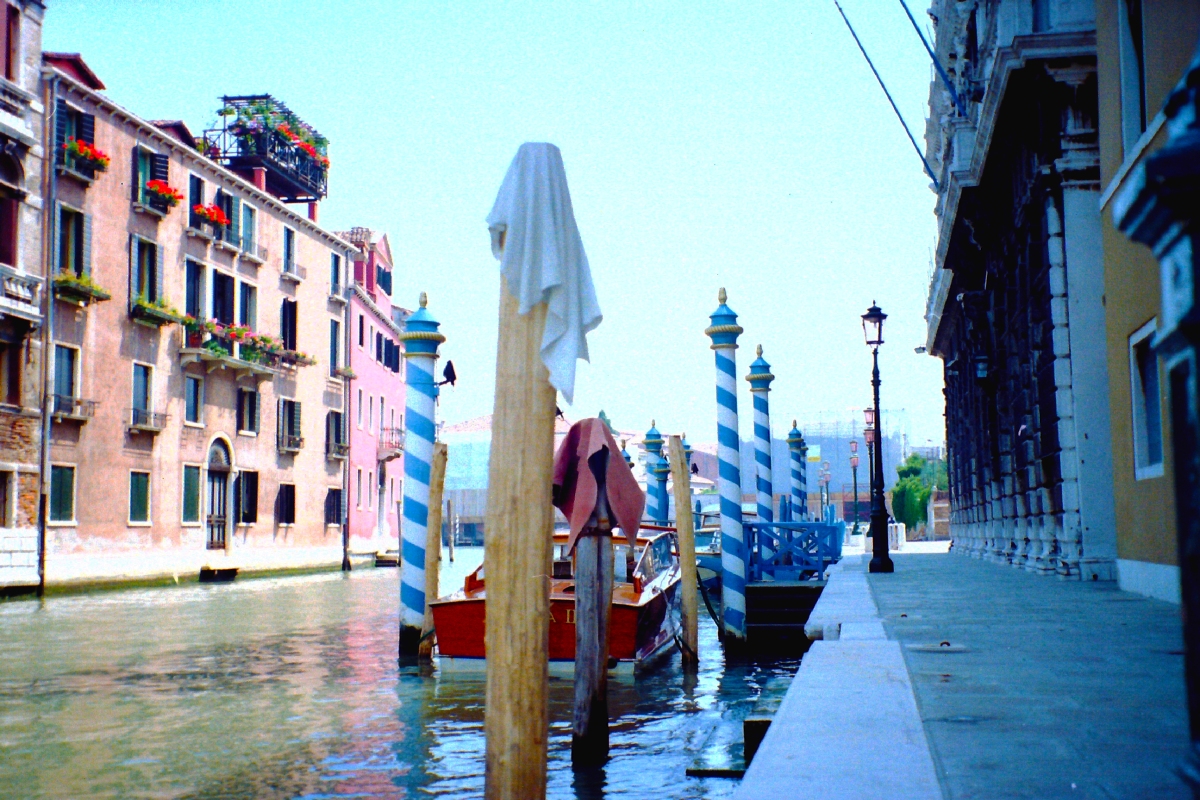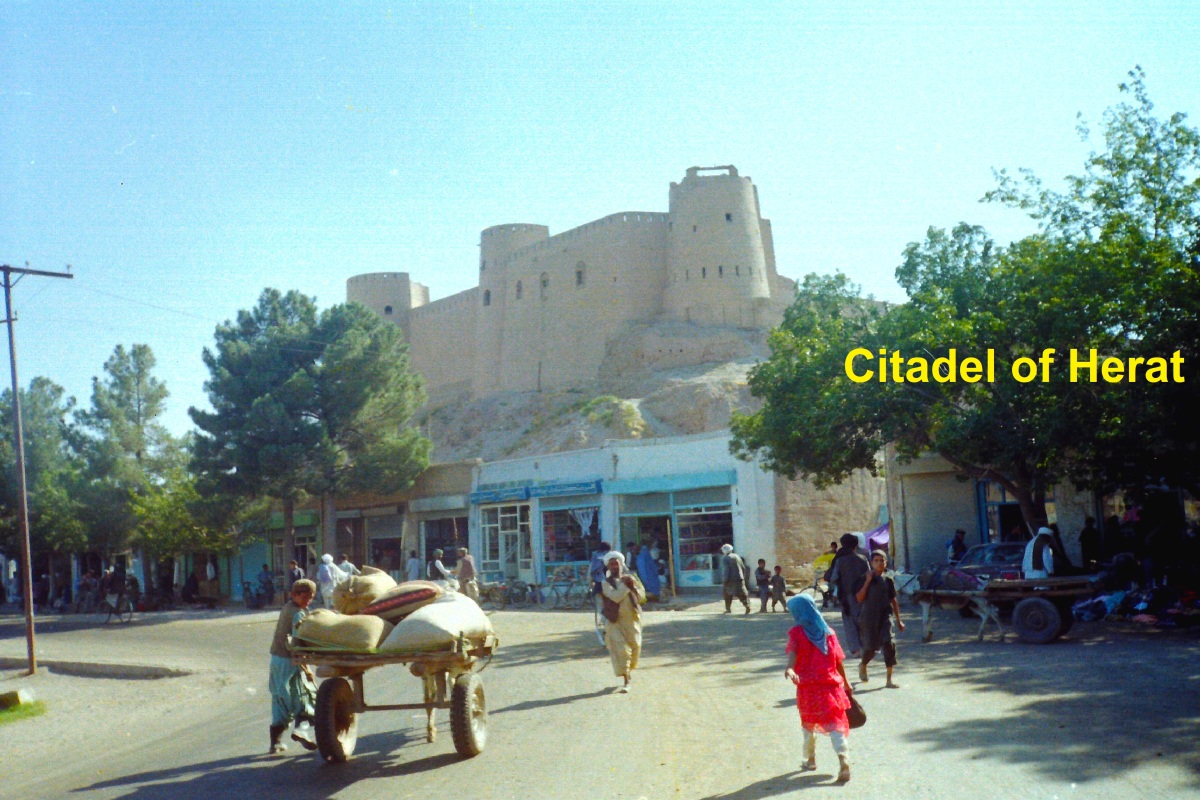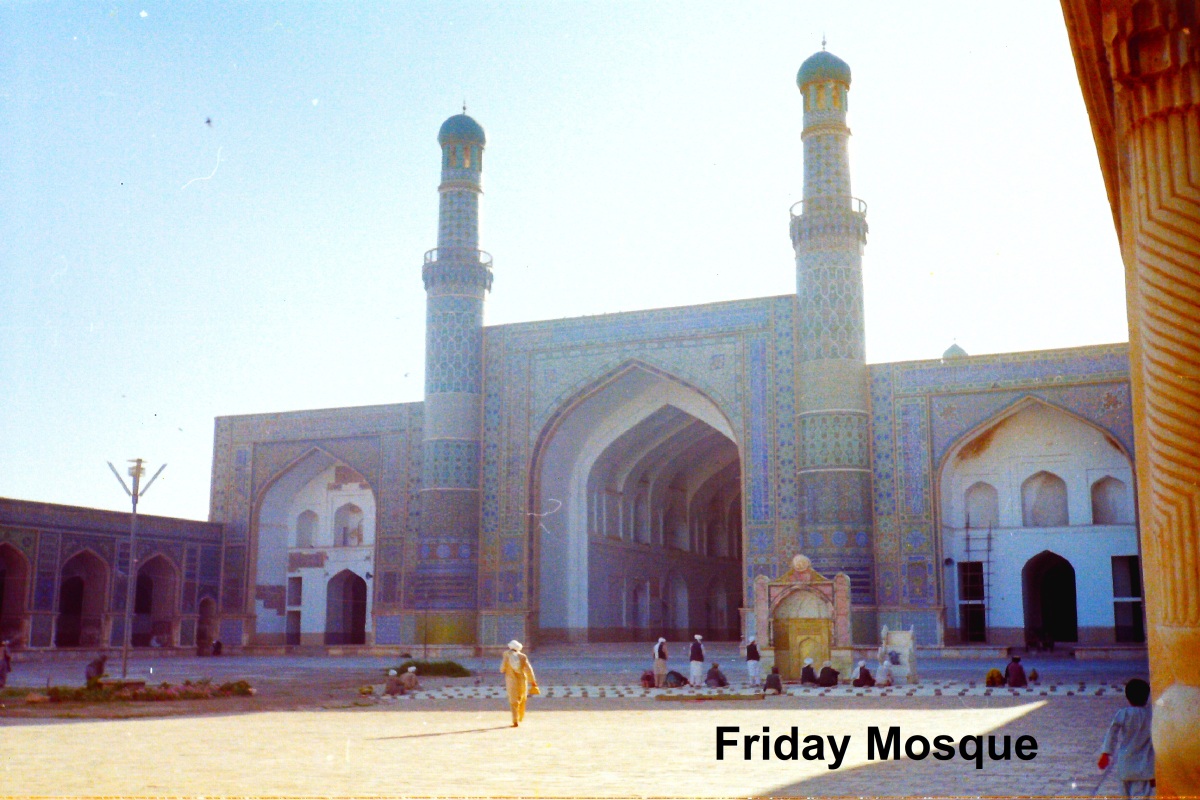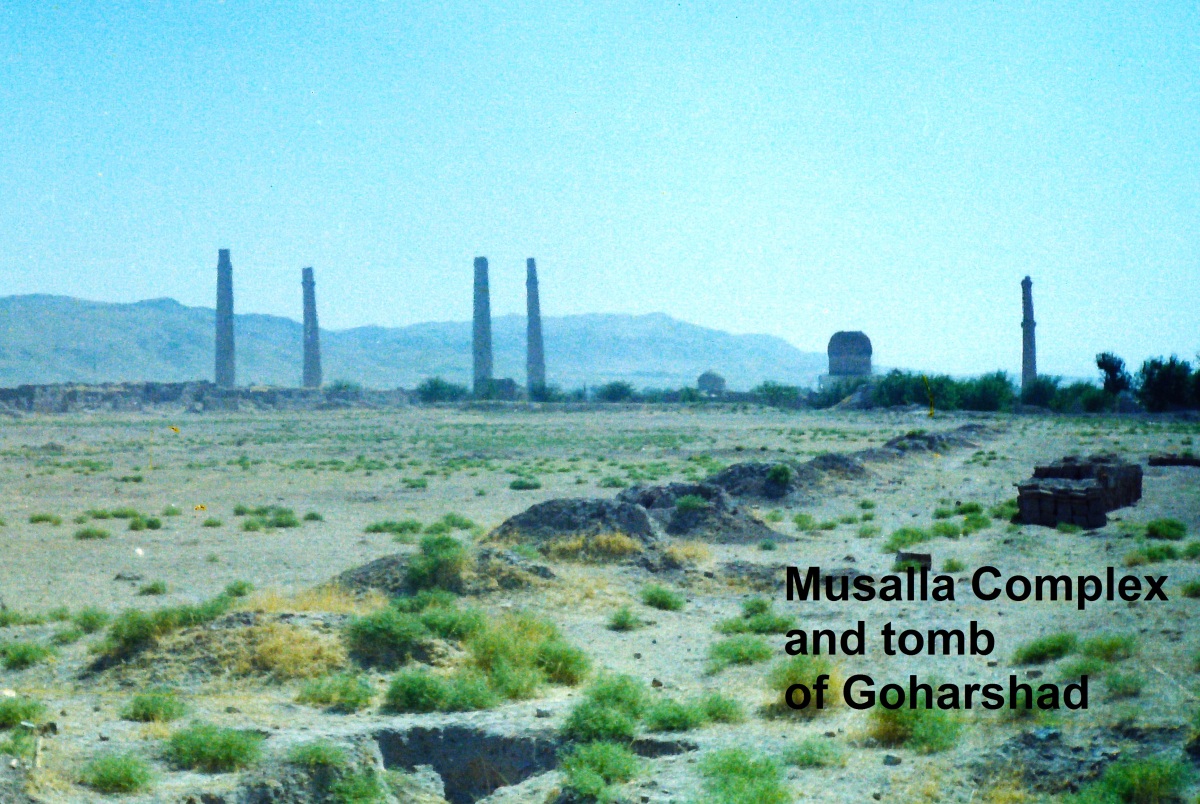Vienna was the imperial capital in Europe from the 15th to the early 20th century. Its historical splendour, importance and continuity easily diminish London, Paris, Berlin and Moscow. Vienna was the power base of the Holy Roman emperors of the Habsburg dynasty from 1440 to 1806, then imperial capital of Austria and Austria-Hungary until 1918. All this left a profound mark on the city and a complex imperial heritage.
Hofburg
The imperial city palace, the Hofburg, dates back to the 13th century and was the main residence of the Habsburg emperors. It’s an immense complex, still the seat of the Austrian chancellor, but like the newly reconstructed Berlin Stadtschloss now mostly contain museums and other public institutions.
You cannot miss the Hofburg treasury with the profoundly interesting imperial regalia, including the 11th century Reichskrone used until 1806 and the spurious Holy Lance. The Imperial Armouries is an unbelievable collection of all things martial. There’s also the Spanish Riding School, an ethnographic museum, the Imperial library and an excellent garden café in the Palmenhaus.
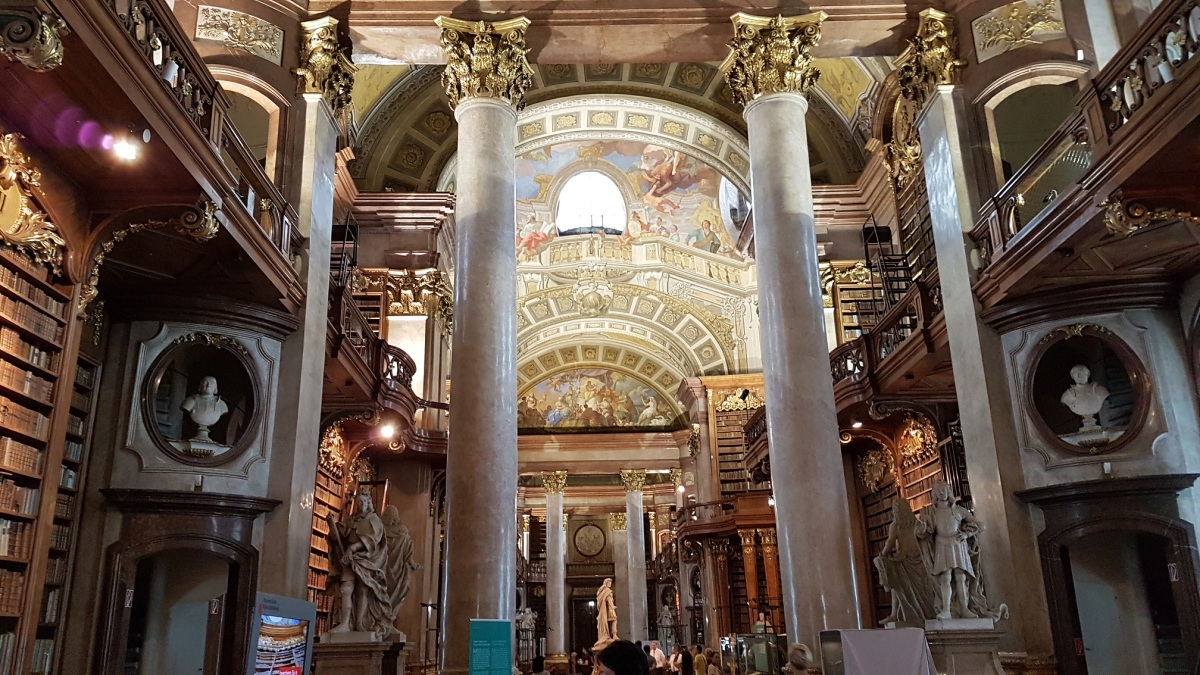
Imperial crypt
The Kaisergruft, or Imperial crypt of the Habsburg dynasty since 1633, is situated in the Capuchin monastery in Vienna, a few hundred meters from the Hofburg, and was used as late as 2011 for the burial of Archduke Otto von Habsburg, the last Crown Prince of Austria-Hungary.
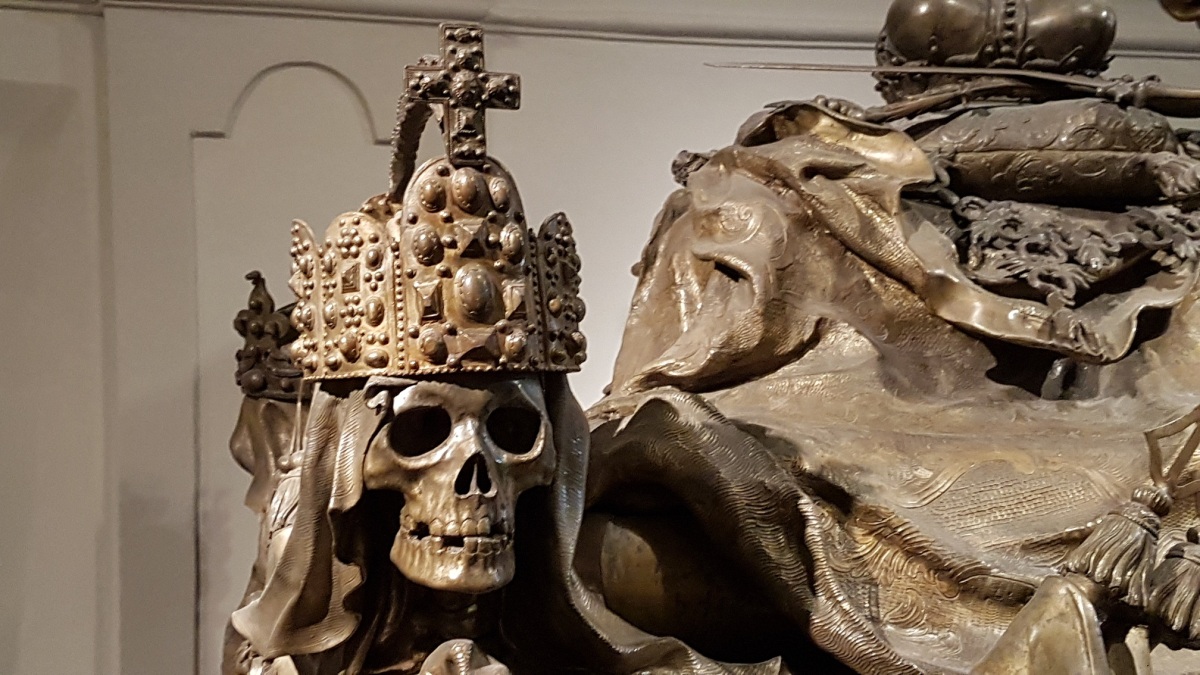
The Kaisergruft is a large underground complex with 145 burials, most in impressive metal sarcophagi and including 12 emperors and 18 empresses. It’s a strange and truly spooky place to visit.
Imperial museums
The imperial complex of central Vienna includes two immense museums, the Naturhistorisches (natural history) and the Kunsthistorisches (art history), both inaugurated in the 1880s, though their collections date much further back.
They have everything to do with empire. The Naturhistorisches builds heavily on 19th century imperial expeditions to all parts of the globe, the Kunsthistorisches has its base in the imperial art collection. Furthermore, their architecture and in particular the painted interior decorations both mould and perform imperial culture through the persons, landscapes and perspectives chosen.
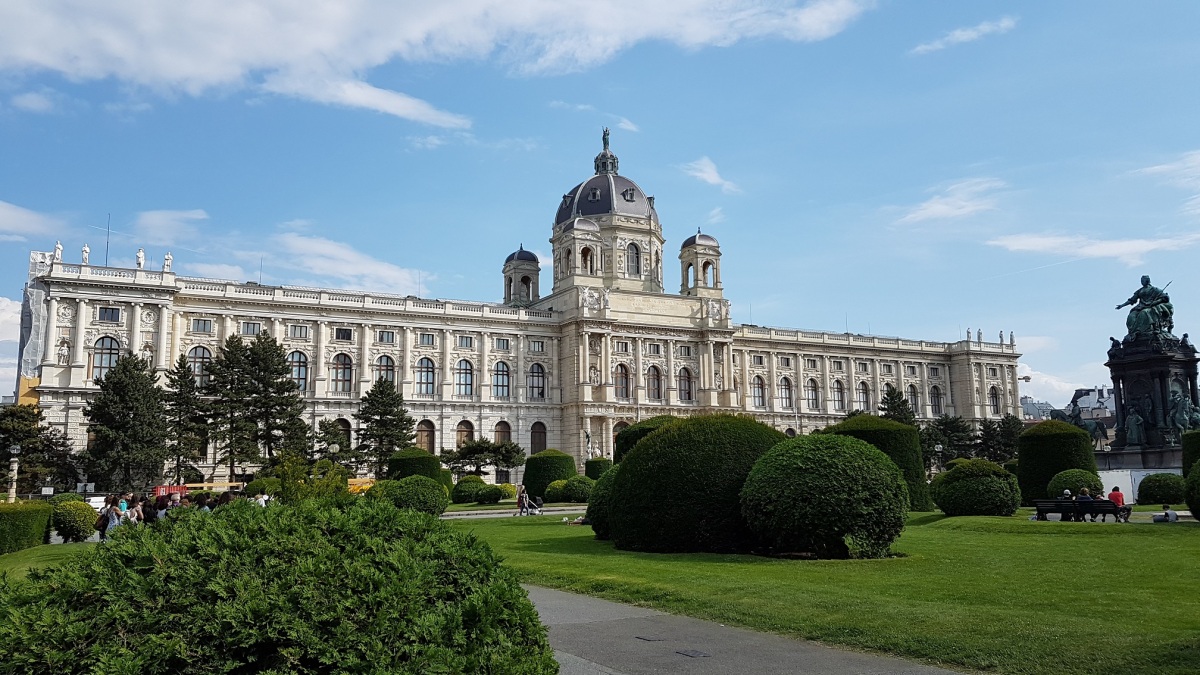
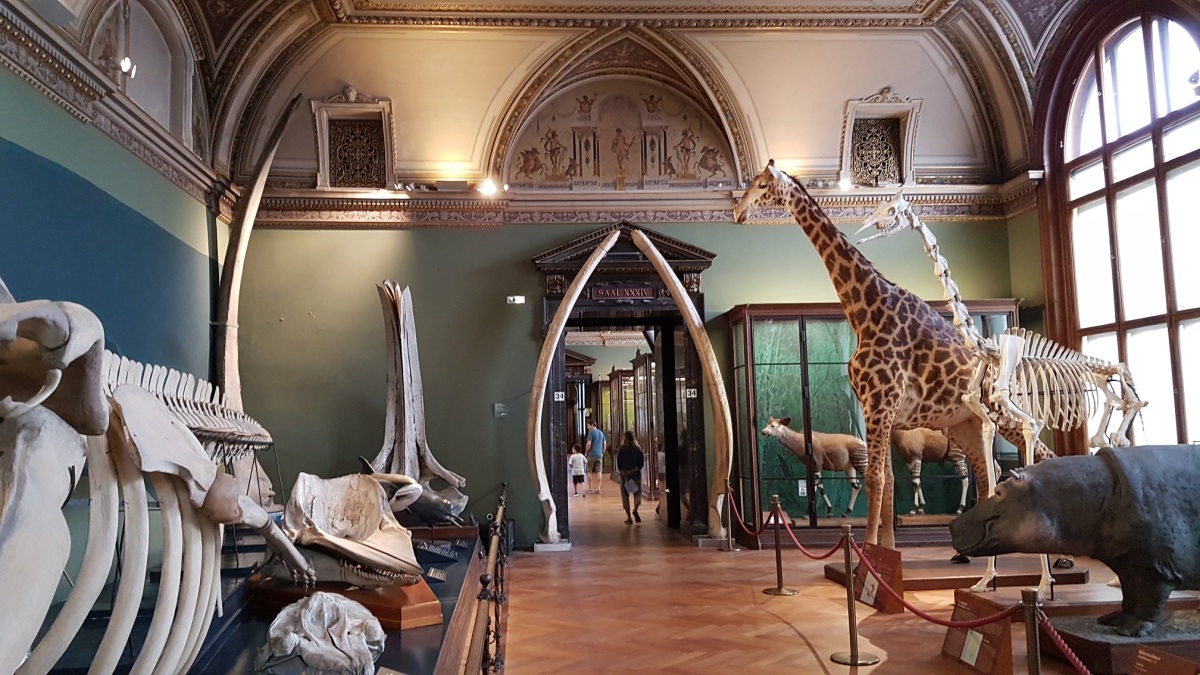
The Naturhistorisches Museum contain everything imaginable from the natural world. Typical for its time of construction it also contains European prehistory since this was thought of as primitive/natural then, and it used to contain ethnographica from what was then seen as “primitive” peoples worldwide. The latter has been moved out and is now partly on exhibit in the Hofburg, though murals and plaster people still remain in the decorations.
The Kunsthistoriches, on the other hand, and except for later art, also contain collections from ancient Egypt, Greece and Rome, since this was thought of as the origins of culture.
Some of these imperial collections, and in particular all amazing things taken under more or less dubious expedition circumstances from peoples around the globe, provoke questions: what are all these things doing here today and how can the issues around their initial collection and the perspectives under which they were exhibited be handled today? There are several ways to address this; to academically historicize the collections and their information reframing context and perspective, to repatriate some of them and also to publicly discuss and exhibit the dark and complicated histories surrounding them. Some of this is being done in the ethnographical section of the Hofburg, more could be done in the old imperial museums.
There is more imperial heritage to be seen, most importantly the Schönbrunn palace complex just outside central Vienna, but that will be another journey.
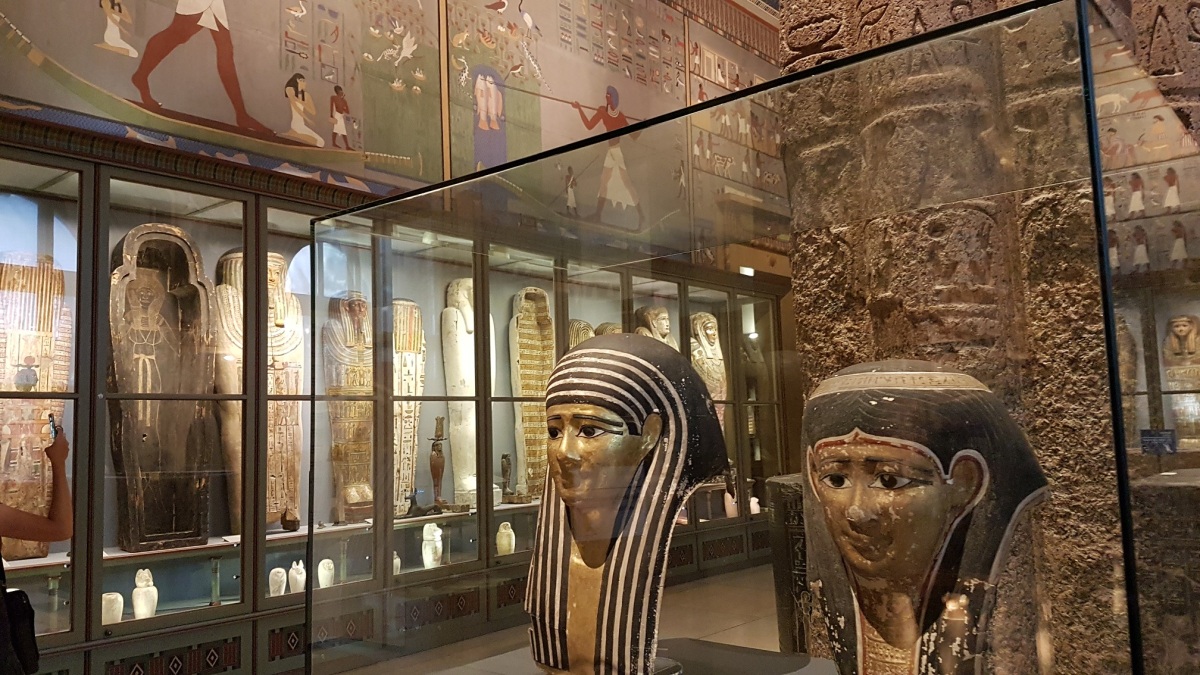


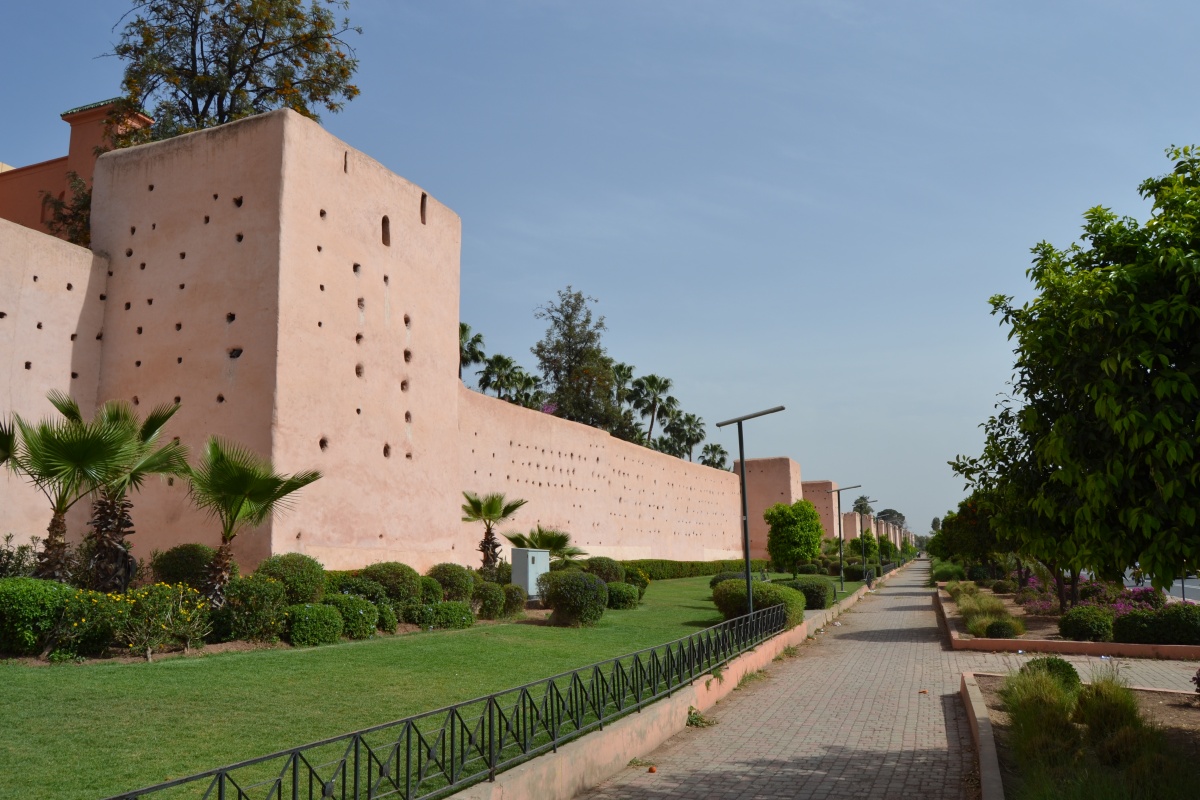
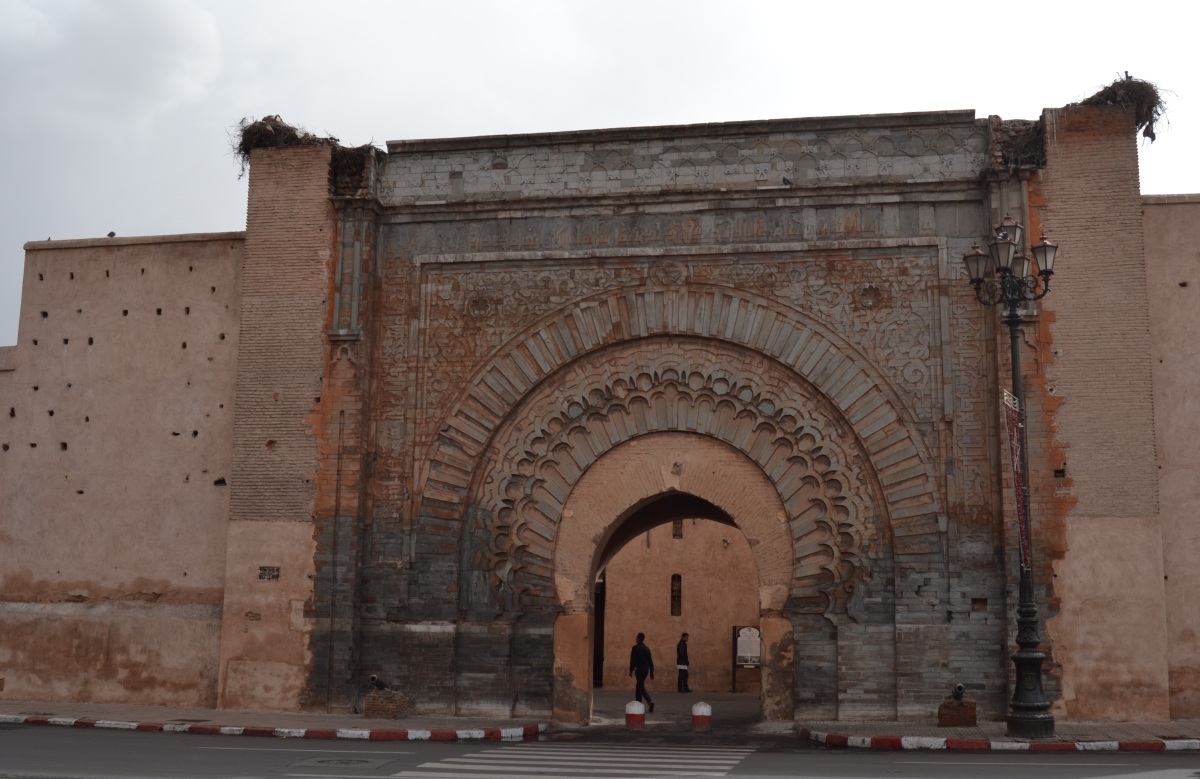
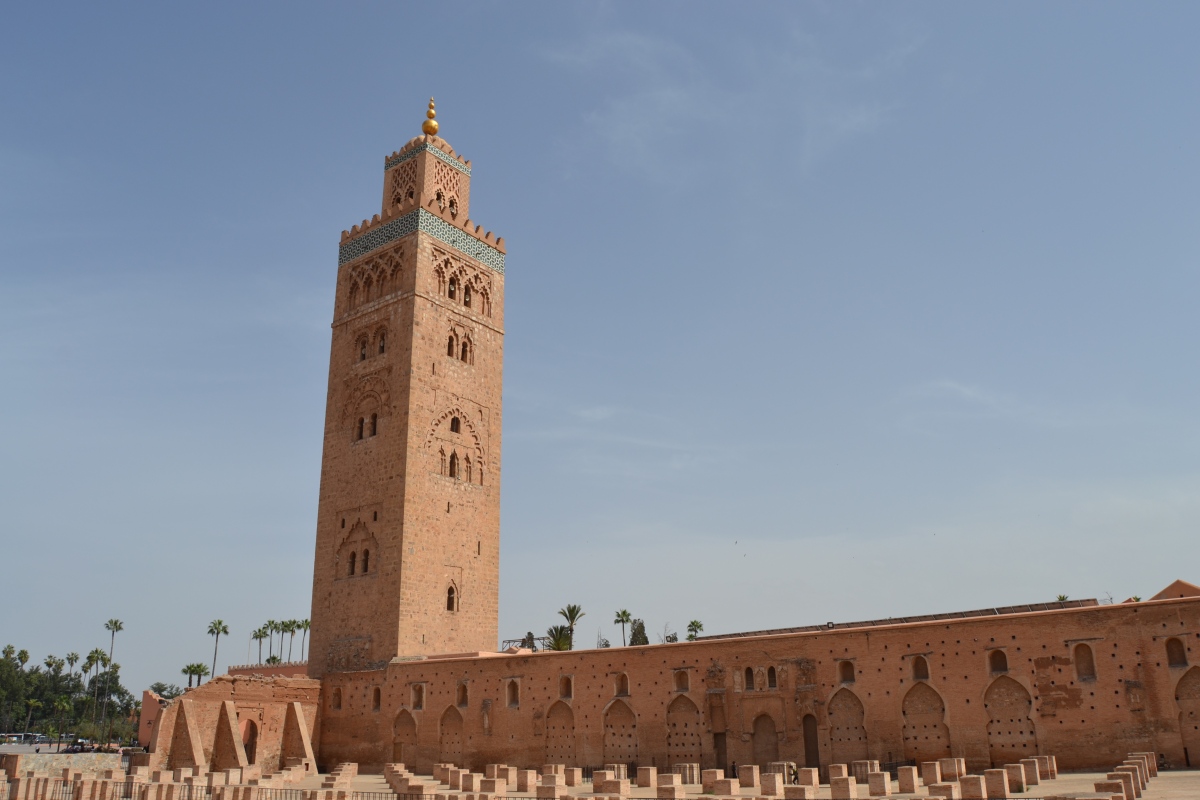
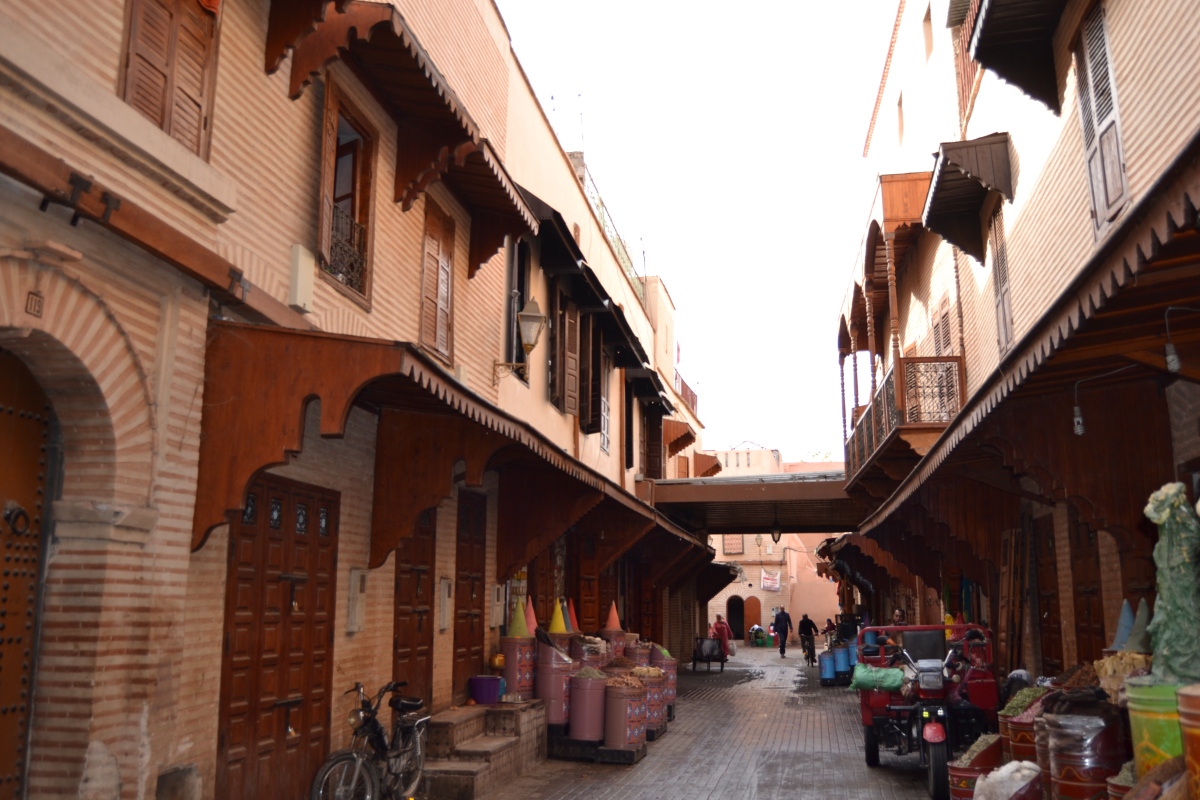
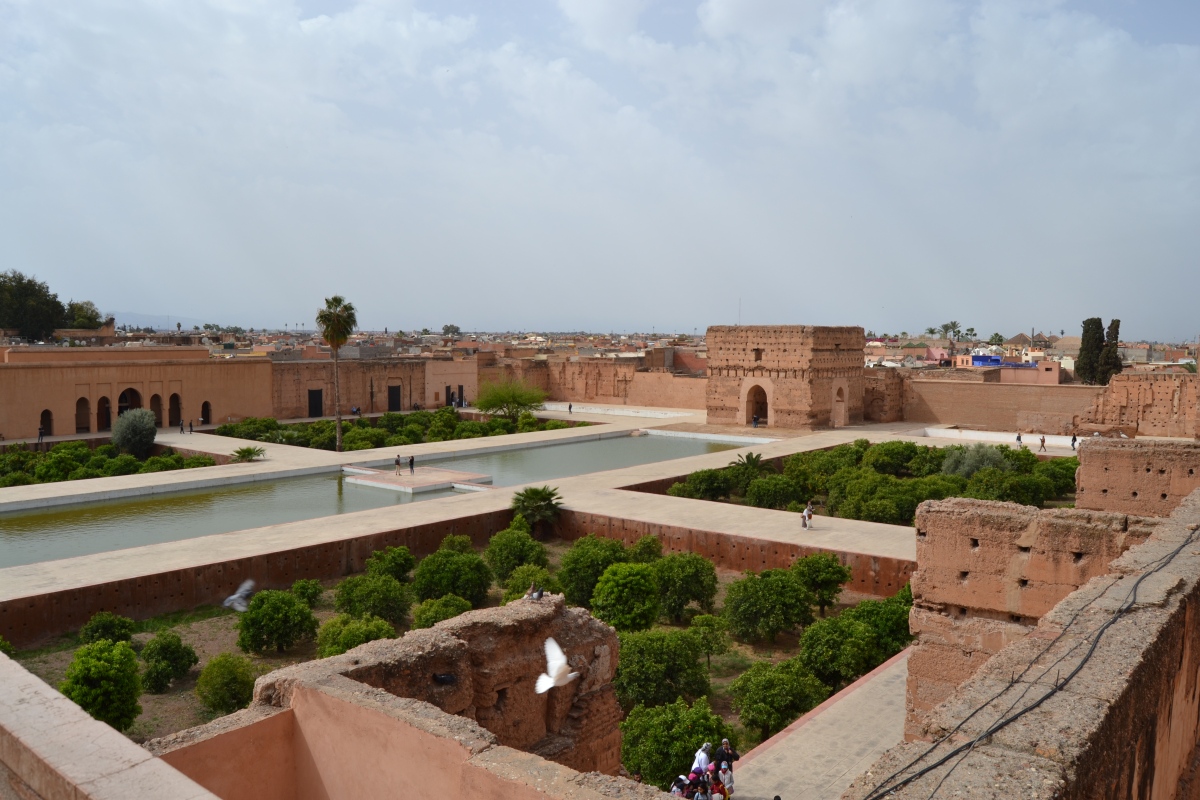
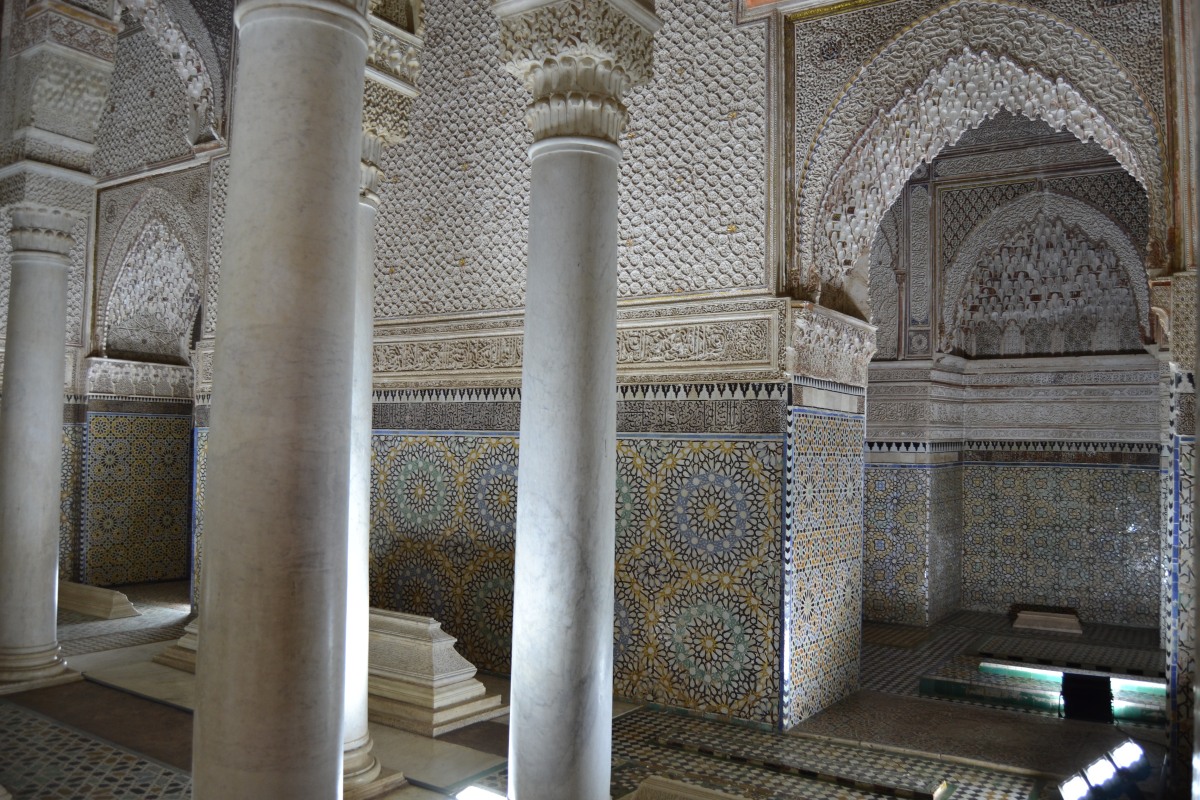
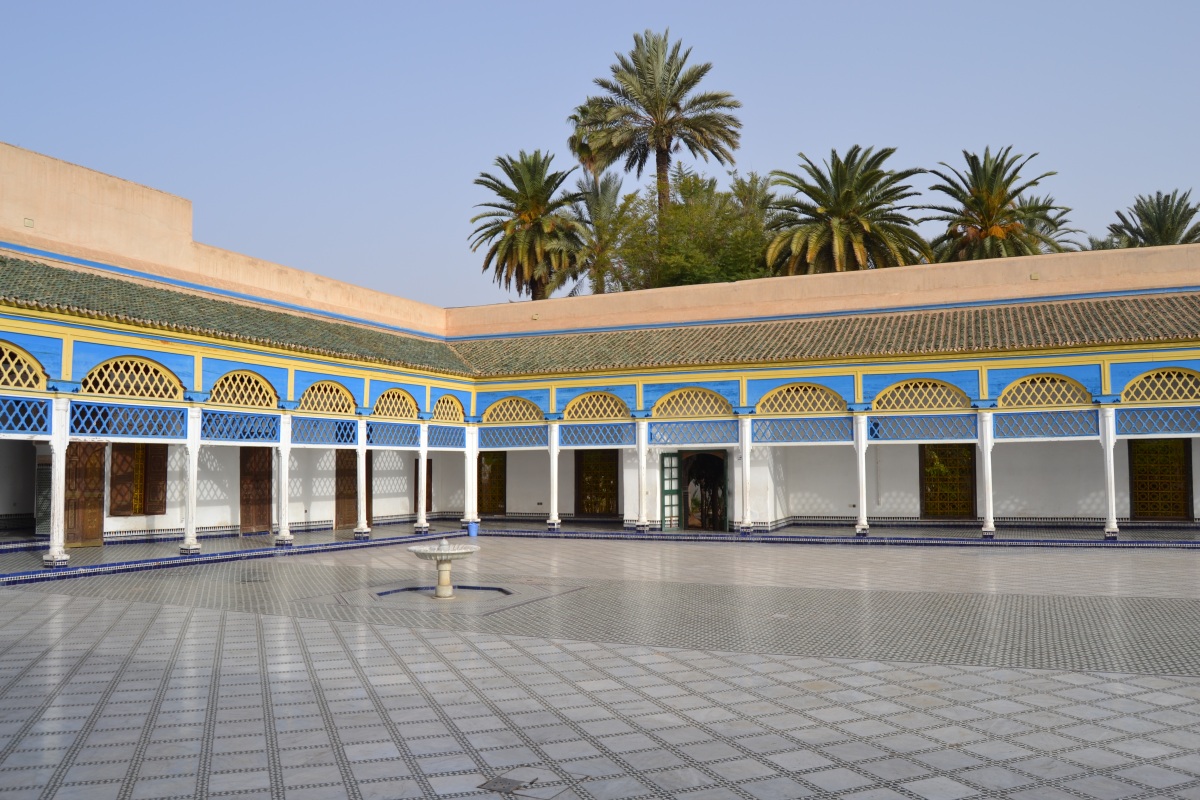
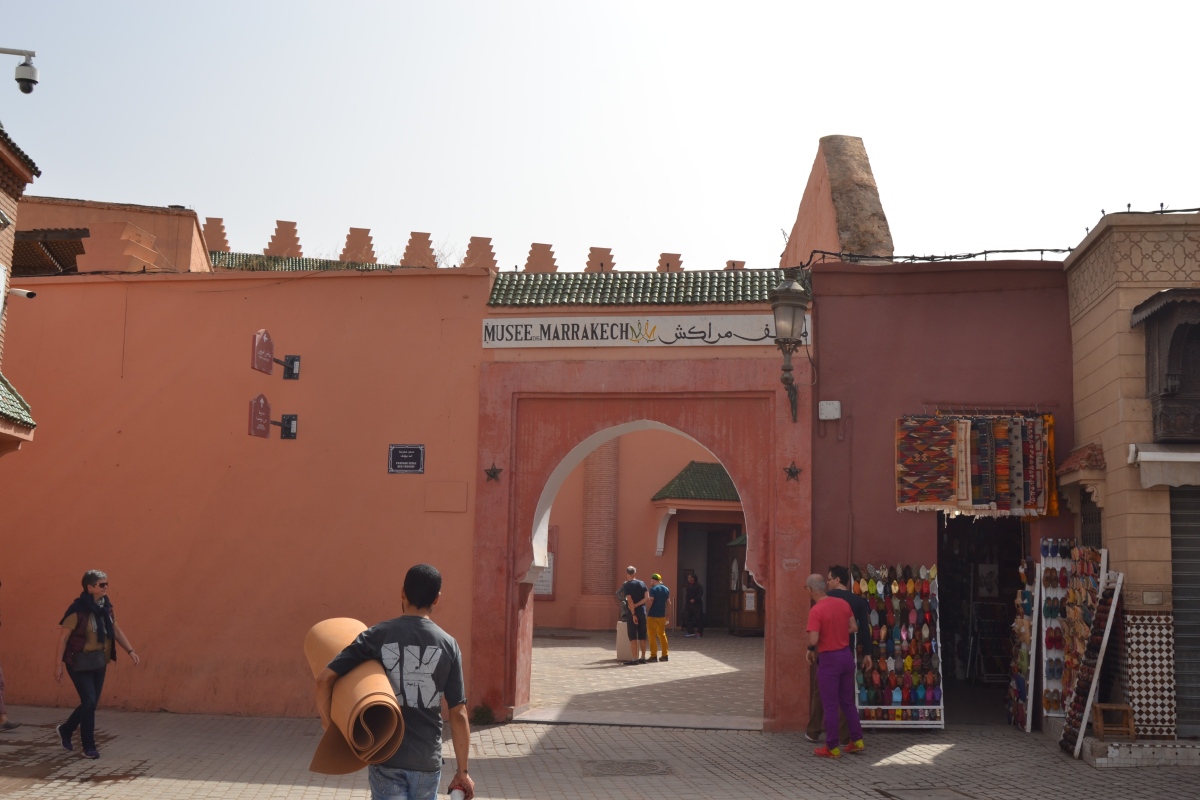

 The interesting thing about Sweden is that it stands out globally when it comes to progressive values. This has an historical background and Stockholm is the place to explore it.
The interesting thing about Sweden is that it stands out globally when it comes to progressive values. This has an historical background and Stockholm is the place to explore it.






